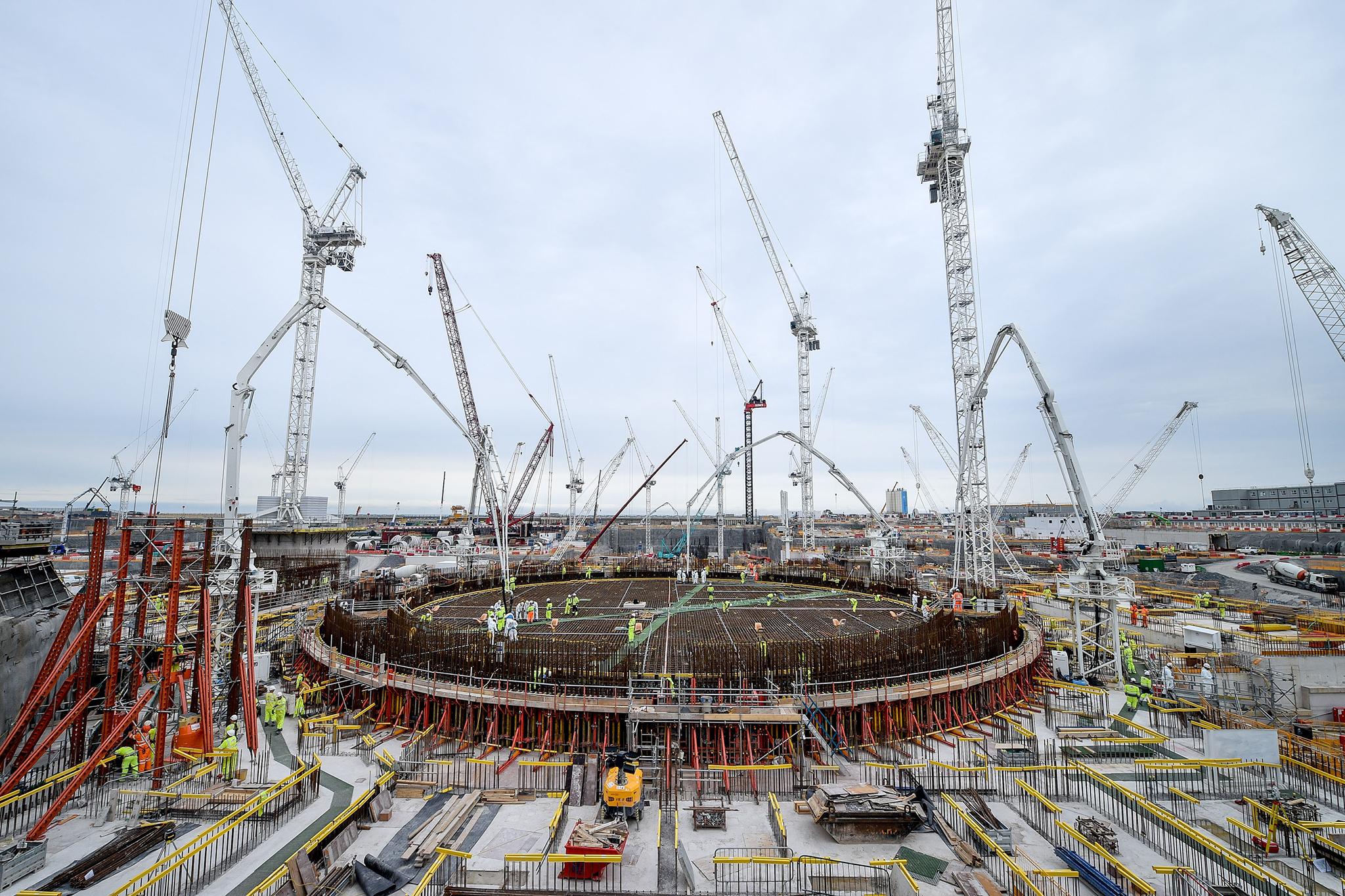Hinkley Point C: Cameron and May’s other toxic legacy
As costs for the nuclear power plant rise once more, James Moore says this white elephant must not be seen again


Brexit is far from the only polluting legacy left to the country by David Cameron and Theresa May. There’s also a ruinously expensive nuclear power plant currently being built in Somerset by the name of Hinkley Point C.
French energy company EDF, which is leading the project to construct what was intended as the first of a new generation of nuclear power plants, has just warned that the cost of building the thing is set to come in much higher than it had originally estimated.
At the upper end, the figure has been increased by £2.9bn to £22.5bn. With these big infrastructure projects, it always pays to go with the worst-case scenario and then to add a couple of billion to it.
But before you start looking at your tax return and wondering how much of it will go into this thing as a result of the announcement, you can rest easy(ish). At least for the moment. It is the developers that will have to find the extra cash.
It bears repeating that EDF’s former finance director Thomas Piquemal resigned rather than put his name to a project that he reportedly feared would muck up the group’s numbers. That looks like a smart move.
The attraction to the company, which spent a long time dithering, and its partners was the guaranteed price for Hinkley’s power the government agreed to on our behalf. It’s good for 35 years regardless of what happens to wholesale prices over that time.
It looks like a sweet deal when you consider what’s been happening with them. The cost of energy from offshore wind has, for example, fallen to a record low and no longer requires any sort of subsidy, or guaranteed price, to make it pay for all concerned.
It just looks a lot less sweet every time there’s an announcement talking about “cost increases” as a result of “challenging ground conditions that made earthworks more expensive than anticipated” and “revised action plan targets and extra costs needed to implement the completed functional design, which has been adapted for a first-of-a-kind application in the UK context”.
Bleurgh. Given the money that was spent researching this thing, you wonder how it is that someone didn’t flag up those “ground conditions”, but that’s by the by.
Critics always feared that the developers might at some point end up going cap in hand to the taxpayer. This latest announcement will keep those concerns front and centre. It surely ought to lead to some nail-biting at the Department of Business, Energy and Industrial Strategy and maybe at the Treasury too.
What happens if there’s another one of these revised estimates and then another?
EDF is currently in talks with the French government, its partial owner, about a restructuring that would see the nuclear part of the business fully nationalised. That adds a potentially interesting wrinkle to this. If things start to get really sticky at Hinkley, who pays? French taxpayers or British ones?
Problems of one kind or another have beset all of the potential sites for sister plants. They’re years away. What keeps the show on the road, however, is a deep attachment to the nuclear programme in parts of the government, despite the difficulties in justifying it on economic grounds.
It’s just not a good look to have this announcement coming so shortly after the one about the price of offshore wind.
May dithered a bit over Hinkley but ultimately went ahead. With the earth now moving, we’re pretty much stuck with it.
There really is no need, however, to make this white elephant part of a herd.
Join our commenting forum
Join thought-provoking conversations, follow other Independent readers and see their replies
Comments